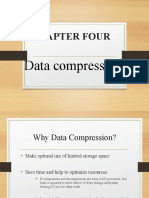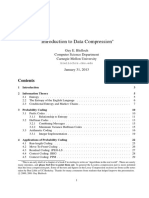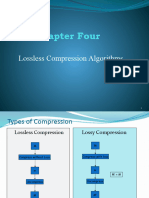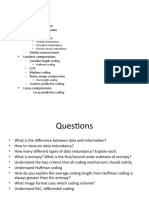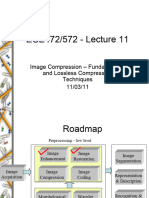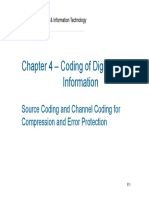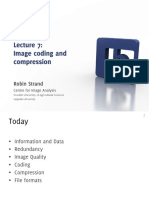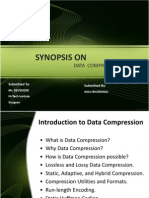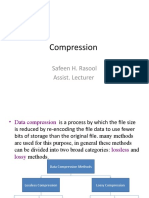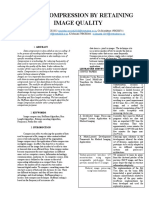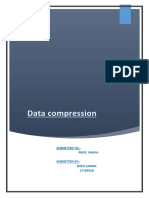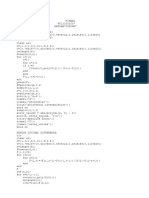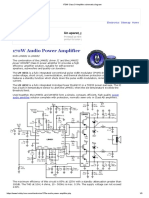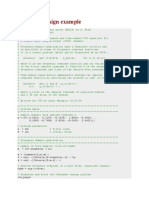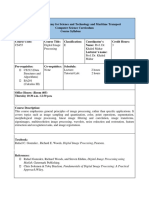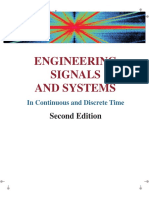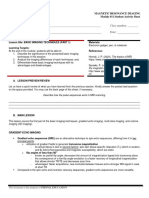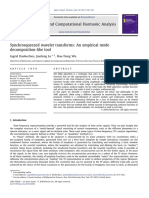0% found this document useful (0 votes)
19 views17 pagesChapter 5 Data Compression
Chapter 5 discusses basic data compression techniques, categorizing them into lossless and lossy methods. It covers concepts such as redundancy, variable length coding, Huffman encoding, run-length encoding, and quantization, explaining how these methods reduce data size while preserving or approximating the original information. The chapter highlights the trade-offs between compression efficiency and data fidelity, particularly in the context of different types of data.
Uploaded by
bakr khaderCopyright
© © All Rights Reserved
We take content rights seriously. If you suspect this is your content, claim it here.
Available Formats
Download as PPTX, PDF, TXT or read online on Scribd
0% found this document useful (0 votes)
19 views17 pagesChapter 5 Data Compression
Chapter 5 discusses basic data compression techniques, categorizing them into lossless and lossy methods. It covers concepts such as redundancy, variable length coding, Huffman encoding, run-length encoding, and quantization, explaining how these methods reduce data size while preserving or approximating the original information. The chapter highlights the trade-offs between compression efficiency and data fidelity, particularly in the context of different types of data.
Uploaded by
bakr khaderCopyright
© © All Rights Reserved
We take content rights seriously. If you suspect this is your content, claim it here.
Available Formats
Download as PPTX, PDF, TXT or read online on Scribd
/ 17










